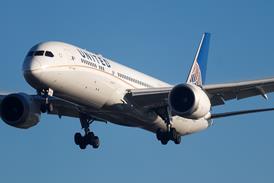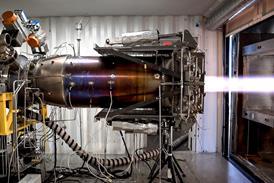Nizhny-Novgorod Research Radiotechnical Institute (NNRRI) is offering two- and three-dimensional metric-wavelength radar systems for counter-stealth operations.
Early radars used metric wavelengths, but today's higher frequency, shorter wavelength systems offer higher resolution and better interference resistance.
Stealth technology - both shaping and coatings - are designed to deflect or dissipate the radiated energy from these high frequency systems. Metric wavelengths are not as much affected by such techniques.
NNRRI has revived technology it developed in the 1950s to produce search radars for use against stealthy cruise missiles. It has updated the truck-mounted P-18 system - readily recognisable by its Yagi aerial farm on the roof - with solid state processors, counter-jamming techniques and automated data display equipment.
The radar can detect a Mikoyan MiG-21 Fishbed size fighter at 3,300ft (1,000m) altitude at 140km (75nm). Performance against stealth aircraft is probably less good, but the radar is still able to cue surface-to-air missiles, particularly optically-guided systems.
NNRRI says its Nebo-SVU 2D search radar can detect fighter-size targets at 33,000ft at 270km, while the 3D Nebo-UE can track a similar target at 320km. NNRRI also markets the Barier-E, a small pole system, designed to detect cruise missiles flying at low altitudes.
NNRRI says it has had some export success, although it will not disclose recent customers.
Source: Flight International




















